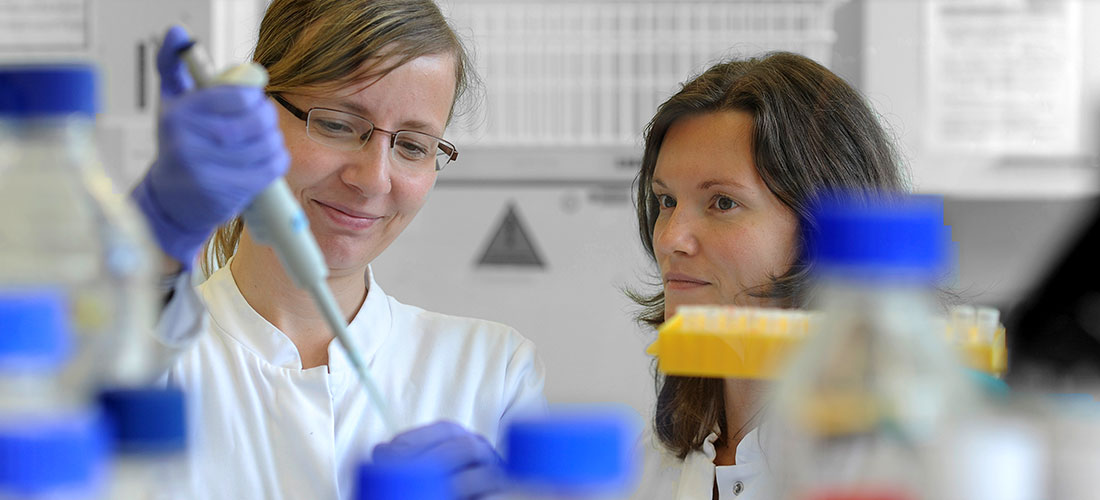A05: The role of epigenetic modifications in neuroblastoma evolution and plasticity,
Neuroblastoma evolution including changes that create resistance to therapy utilize both genetic and non-genetic mechanisms. Understanding epigenetic diversity across neuroblastoma cells would provide important functional information about subclonal states underlying tumor evolution and resistance development. The undifferentiated MES and committed ADRN cell states are present even in neuroblastoma cell lines, and have different transcriptomic and epigenomic profiles with distinct super-enhancer landscapes and transcription factor networks. Epigenetic mechanisms, including DNA methylation, post-translational histone modifications, histone variants and chromatin remodeling, are essential for genome organization, gene expression and cell function. We hypothesize that these epigenetic mechanisms also contribute to intratumor heterogeneity and underlie at least part of the changes occuring during tumor evolution, including contributing to resistance development. Project A05 proposes a novel analytical approach combining genetic and epigenetic data (focus on DNA methylation, chromatin accessibility and histone tail modifications) to better understand heterogeneity among tumor subclones and build a comprehensive evolutionary history of neuroblastoma progression. Although several studies demonstrate substantial agreement between tumor evolution traced from epigenetic modifications and somatic mutations or CNAs, mathematical modeling cannot yet estimate how much co-dependency exists between genetic and epigenetic influences, since rate, timing and location of exact DNA methylation and chromatin accessibility changes are not well known. Project A05 aims to fill this gap by comparing bulk and single-cell sequencing studies of genomic and epigenomic profiles in spatially separated and longitudinally collected tumor tissue samples (Task 1) and comparing single-cell transcriptomes, methylomes and chromatin accessibility in neuroblastomas and normal human adrenals of various embryonic/fetal developmental stages (Task 2). Task 3 will apply computational tools created in Task 1 and Task 2 to analyzing responses of epigenetic features to selective chemotherapeutic pressure in neuroblastoma cells and organoids, and elucidate resistance mechanisms to epigenetically targeted drugs (HDAC + EZH2 inhibitors), which will be used to identify and validate selected epigenetic biomarkers for clinical disease course in Task 4.
PhD positions and place of work: 2
1 wet-lab (PI: Frank Westermann, DKFZ Heidelberg)
1 computational (PI: Altuna Akalin, MDC/BIMSB Berlin)



